Explore the Best AI Image Gallery

Beyond the Canvas: How AI is Reshaping Graphic Design
The world of graphic design is undergoing a profound transformation, driven by the rapid advancements in artificial intelligence (AI).
Once confined to the realms of science fiction, AI-powered tools are now becoming increasingly sophisticated, capable of generating stunning visuals, automating tedious tasks, and pushing the boundaries of creative expression. This article explores the multifaceted impact of AI on graphic design, examining its potential uses, ethical considerations, and future trends.
The Rise of AI Design Assistants
AI-powered design assistants are emerging as powerful allies for graphic designers, offering a range of capabilities that streamline workflows and enhance creative output.
- Logo Generation: AI algorithms can generate multiple logo concepts based on specific criteria, such as industry, target audience, and desired aesthetic.
- Image Editing and Manipulation: AI-powered tools can automate tasks like resizing, cropping, color correction, and object removal, freeing up designers to focus on more conceptual aspects.
- Typography and Layout Design: AI can assist in selecting appropriate fonts, arranging text elements, and optimizing layout for readability and visual appeal.
Expanding Creative Possibilities
Beyond automating tasks, AI empowers graphic designers to explore new creative territories and push the boundaries of design.
- Generative Art: AI algorithms can create unique and abstract artwork based on pre-defined parameters or user input, leading to novel aesthetic experiences.
- Personalized Design: AI can tailor designs to individual preferences, demographics, or even real-time data, enabling personalized marketing campaigns and user interfaces.
- Interactive Design: AI can power interactive elements in design projects, such as responsive animations, dynamic content, and adaptive user experiences.
Ethical Considerations
As AI becomes increasingly integrated into graphic design, it is crucial to address the ethical implications of its use:
- Job Displacement: There are concerns that AI-powered tools may automate tasks currently performed by human designers, leading to job losses in the industry.
- Bias and Representation: AI algorithms are trained on vast datasets, which can perpetuate existing biases and stereotypes. It is essential to ensure that AI-generated designs are inclusive and representative of diverse communities.
- Copyright and Ownership: The question of copyright ownership for AI-generated designs remains a complex legal issue that requires careful consideration.
The Future of AI in Graphic Design
Looking ahead, the future of graphic design is inextricably linked to the continued development of AI.
- Increased Automation: We can expect even greater automation of design tasks, freeing up designers to focus on higher-level creative endeavors.
- Personalized and Immersive Experiences: AI will enable designers to create more personalized and immersive experiences for users, blurring the lines between physical and digital realms.
- Ethical Frameworks and Regulations: The industry will need to develop robust ethical frameworks and regulations to guide the responsible use of AI in design.
As AI continues to evolve, graphic designers who embrace these advancements and adapt their skills will be well-positioned to thrive in this dynamic and exciting landscape.
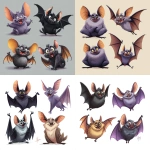
](https://images.ai-img.art/thumbnails/150/2fbd98ecfc425cfc1597779121e1c0305437067779e9c471eb64ff9615d5be98.webp)




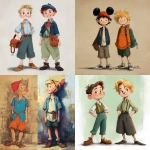

](https://images.ai-img.art/thumbnails/150/3020b8c2b6d9be07e042357107af1de10deb274a41d2b0f332684ad4b532a702.webp)








](https://images.ai-img.art/thumbnails/150/269414b0e541026702e9e67c67602c96162f37ff460a388b3b36314c8fc936dd.webp)


](https://images.ai-img.art/thumbnails/150/485c8b1c747827bdc9a962f8a1919b3c259b18dd263b260208a1eae19fb85e07.webp)










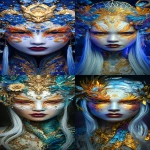





](https://images.ai-img.art/thumbnails/150/5197af8969d850e2a43e141d41e482ccbceedebceb2a4caf9f098f943f9d1b0f.webp)
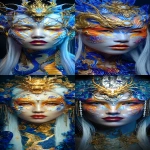


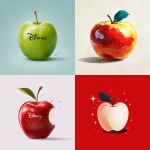






](https://images.ai-img.art/thumbnails/150/8d1fe5a7a49cfc96747182431a853357913286d89258383caab2d3b4681afcb5.webp)
